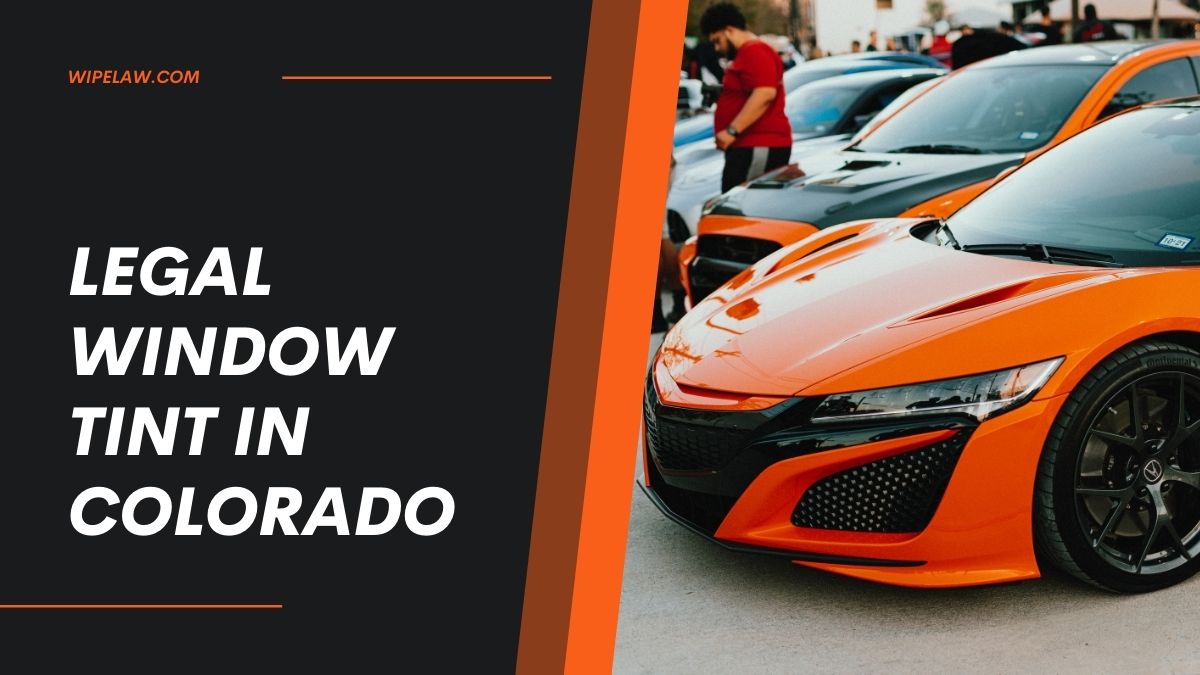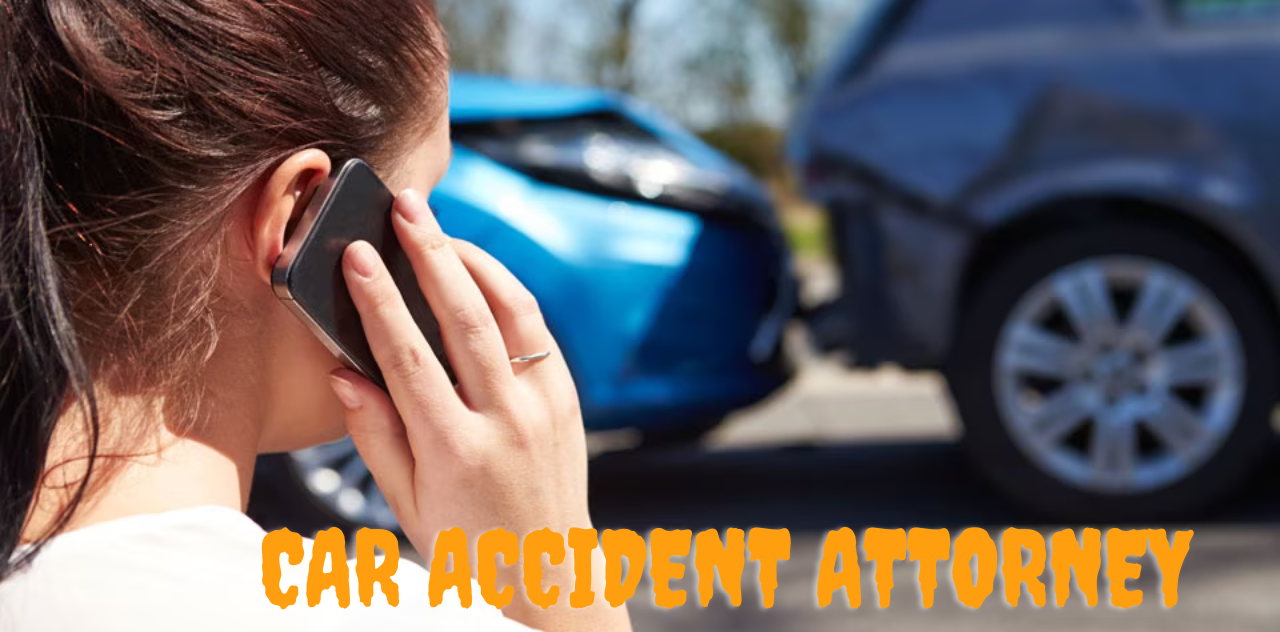Table of Contents
This article will provide you with all the information you need about legal window tint in Colorado.
Introduction
For many car owners, window tinting is a practical solution that may protect both you and your vehicle, and it is also a matter of taste. Nevertheless, the amount of darkness or reflection allowed in window tint varies by state in the United States. Colorado is not an anomaly. To avoid fines and make sure you abide by the law, it is essential to comprehend the legalities of window tinting in Colorado.
Understanding Window Tinting
What is Window Tinting
A thin laminate film is applied to a car’s glass to darken it during window tinting. This film is available in many hues and can be crafted from various materials.
Benefits of Window Tinting
- UV Protection: Tinting protects your skin from damaging UV rays and lowers the chance of interior fading.
- Heat Reduction: During the summer, a well-fitting tint can help your car stay cooler by drastically cutting down on internal heat.
- Privacy and Security: By hiding valuables from view, tinted windows offer privacy and a lower chance of theft.
- Glare Reduction: Tinting reduces headlight and sun glare, enhancing driver visibility.
Colorado Tinting Laws
General Overview
Colorado law regulates the amount of blackness and reflectiveness allowed in car window tinting. These regulations guarantee that law enforcement personnel may see inside vehicles during traffic stops and that drivers have sufficient visibility.
Specific Tinting Laws for Different Vehicles
Passenger Vehicles
- Front Side Windows: It must let in over 27% of the available light.
- Rear Side Windows: Can be any darkness.
- Rear Window: Can be any darkness.
- Windshield: Non-reflective tint is allowed on the top four inches.
Multi-purpose Vehicles
- Front Side Windows: It must let in over 27% of the available light.
- Rear Side Windows: Can be any darkness.
- Rear Window: Can be any darkness.
- Windshield: Non-reflective tint is allowed on the top four inches.
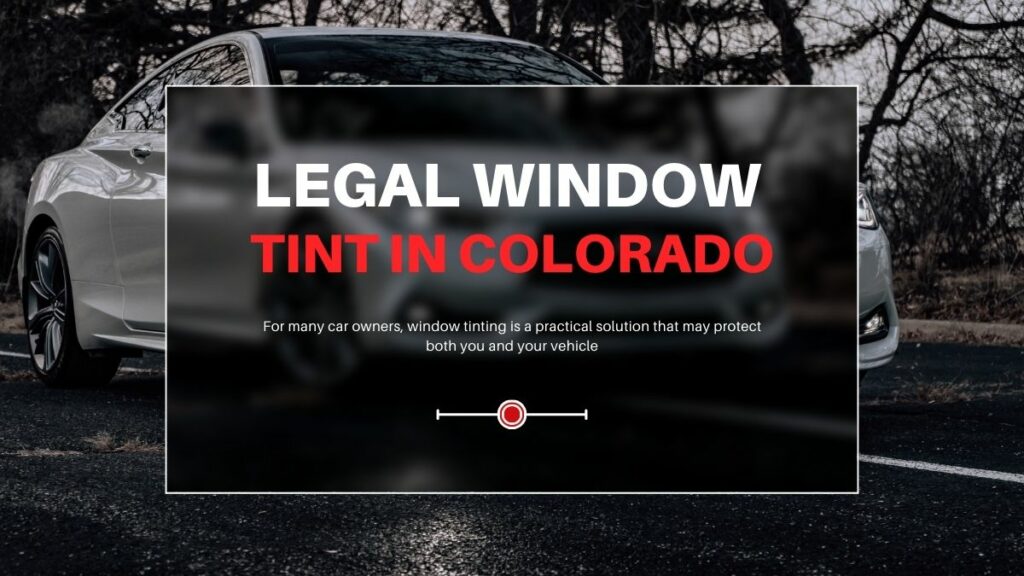
Legal Tint Percentages in Colorado
Front Side Windows
In Colorado, any car’s front side windows must let in more light than 27 percent. This rule guarantees that motorists can see the road and their surroundings.
Rear Side Windows
Passenger automobiles’ back side windows can be any shade of dark. It gives options for those who would rather have more privacy or block more light.
Rear Window
Rear windows in passenger cars can be any shade of black, like rear side windows. However, you will want two side mirrors if your back window is severely tinted.
Windshield
The windshield is restricted to a non-reflective tint on the top four inches. This helps reduce glare without obstructing the driver’s view.
Medical Exemptions
Criteria for Medical Exemptions
Drivers in Colorado may be eligible for a medical exemption if they have specific medical problems that necessitate extra sun protection. Lupus, photosensitivity, and other skin-related illnesses are examples of these disorders.
How to Apply for Medical Exemptions
To petition for a medical exemption, a letter from a competent physician confirming the medical necessity of deeper window tinting is required. This letter should always be kept in the car as documentation in the event of a traffic check.
Penalties for Illegal Tint
Fines and Penalties
You can be fined if your window tint violates Colorado law. Although the exact amount may change, the first offense usually has a $500 punishment.
Consequences of Repeated Offenses
If you violate the law more than once, you may face harsher consequences, such as having your vehicle registration revoked until the tint is corrected.
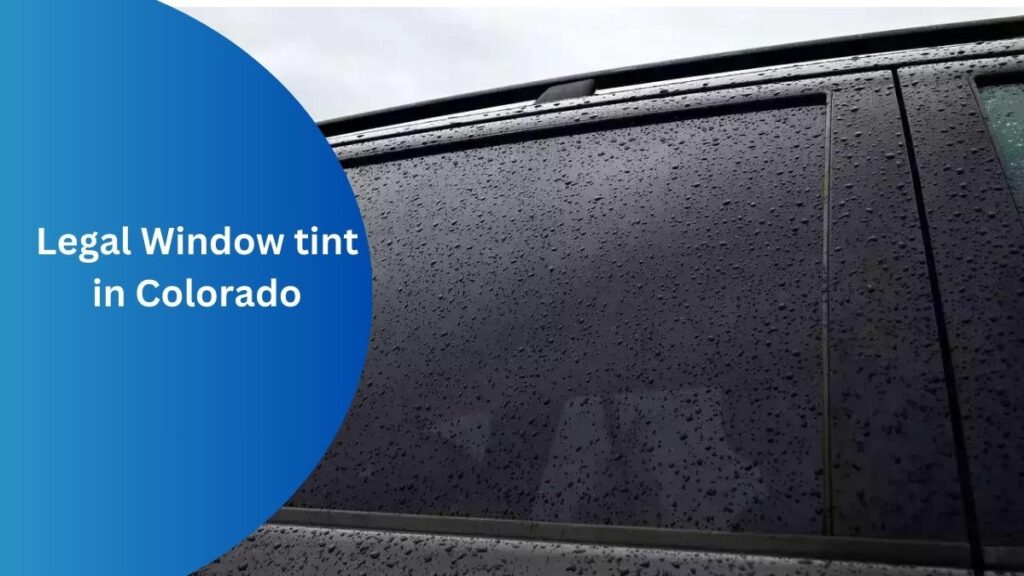
How to Measure Tint Percentage
Tools and Techniques
If you violate the law more than once, you may face harsher consequences, such as having your vehicle registration revoked until the tint is corrected.
Professional vs. DIY Measurement
Although you may buy a tint meter for home use, professional tinting stores frequently offer measurement services to ensure compliance with local laws.
Choosing the Right Legal window Tint in Colorado for Your Vehicle
Factors to Consider
Think about things like your driving style, how much privacy you want, and your aesthetic tastes when selecting window tint. Make sure the tint satisfies Colorado’s legal criteria as well.
Recommendations for Different Needs
If you want the most seclusion possible, tint your back windows a darker shade. If UV protection is your top priority, seek tints with strong UV-blocking power.
Hiring a Professional vs. DIY Tinting
Pros and Cons of Professional Tinting
Pros:
- Guaranteed compliance with state laws.
- Higher quality materials and installation.
- Professional look and finish.
Cons:
- Higher cost compared to DIY.
DIY Tinting Tips and Precautions
Tips:
- Be careful when you purchase a premium tint film.
- Operate in a dust-free setting.
- Carefully adhere to the directions.
Precautions:
- DIY tinting can be tricky and time-consuming.
- Poor installation can lead to bubbles and peeling.
Maintaining Your Legal window Tint in Colorado
Do’s and Don’ts
Do’s:
- Use a soft cloth and a mild cleaner to clean your tinted glass.
- A non-abrasive cleanser should be used to prevent scratching the tint.
Don’ts:
- Steer clear of cleansers with an ammonia base.
- After installation, wait a few days before rolling down the windows.
Cleaning and Care Tips
Regular cleaning and proper care will extend the life of your window tint. Use water and a mild soap solution for the best results.
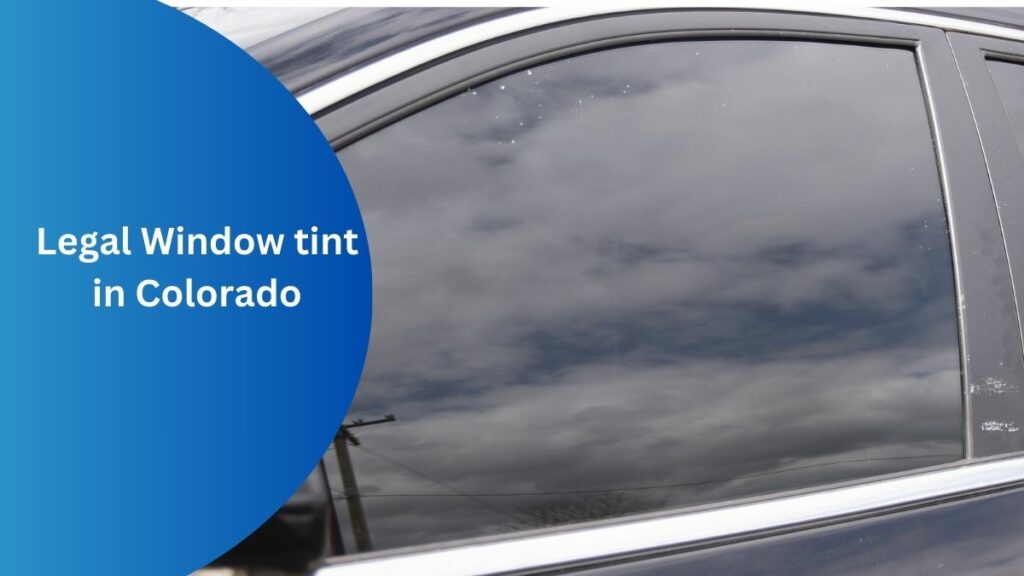
Common Myths about Legal window Tint in Colorado
Debunking Popular Misconceptions
- Myth: Always choose a darker hue for improved UV protection.
- Fact: Tint darkness doesn’t always correlate with UV protection; it’s the quality of the film that matters.
- Myth: Tinted windows will eventually turn purple.
- Fact: High-quality tints do not change color over time.
Facts You Should Know
Regardless of darkness, high-quality window tints offer significant UV protection and, with proper maintenance, can last up to ten years.
Cost of Window Tinting in Colorado
Price Range for Professional Services
Colorado window tinting costs can range from $200 to $500, based on the type of car and the tint used.
Cost of DIY Kits
Although DIY kits are less expensive, usually costing between $50 and $100, they require a lot of time and work to complete.
Frequently Asked Questions about Legal window Tint in Colorado
- What is the darkest Legal window Tint in Colorado?
- The darkest permitted tint for front side windows is 27% VLT (Visible Light Transmission). The rear window and the rear side windows have no darkness limits.
- Can you get pulled over for legal window tint in Colorado?
- You may be pulled over and penalized if your window tint does not meet legal requirements.
- How do you remove legal window tint in Colorado?
- Use a steamer or heat gun to dissolve the adhesive and remove legal window tint in Colorado by pealing the film off. Use an adhesive remover to clean the residue.
- Does legal window tint in Colorado affect insurance?
- In most cases, legal window tint in Colorado does not affect your insurance costs. On the other hand, if the unlawful tint is discovered during a claim investigation or is involved in an accident, it could cause problems.
- Is ceramic tint worth the extra cost?
- Indeed, ceramic tint doesn’t interfere with electronic equipment and provides excellent heat and UV protection. Compared to regular tint, it might be more resilient and long-lasting.
Conclusion
Window tinting has many advantages, from UV protection to increased privacy. However, to avoid fines and other legal concerns, it is vital to learn and comply with the unique tinting laws that Colorado has in place. It is essential to ensure that the tint you apply to your windows satisfies the legal standards, regardless of whether you opt to tint your windows professionally or complete the process yourself. Correctly maintaining your legal window tint in Colorado can ensure it looks excellent and performs well for many years.

